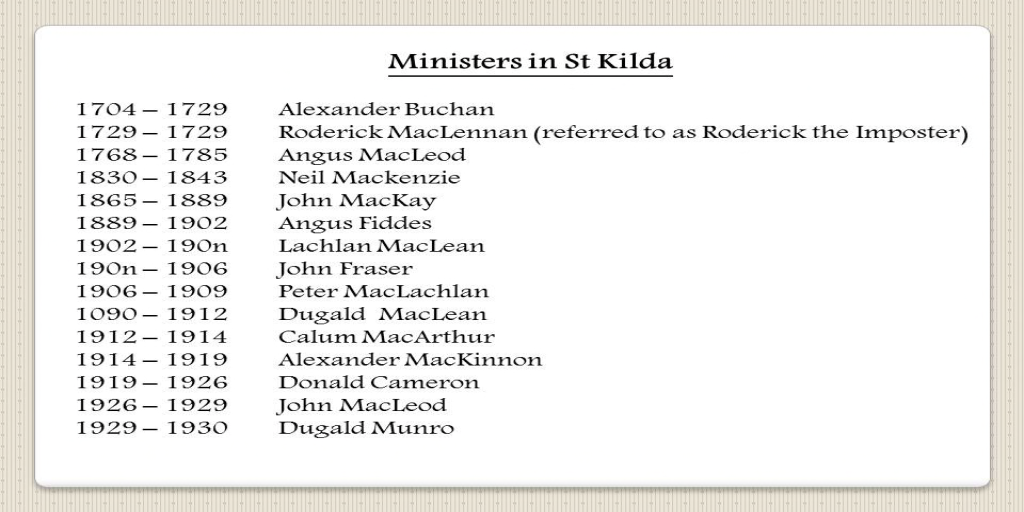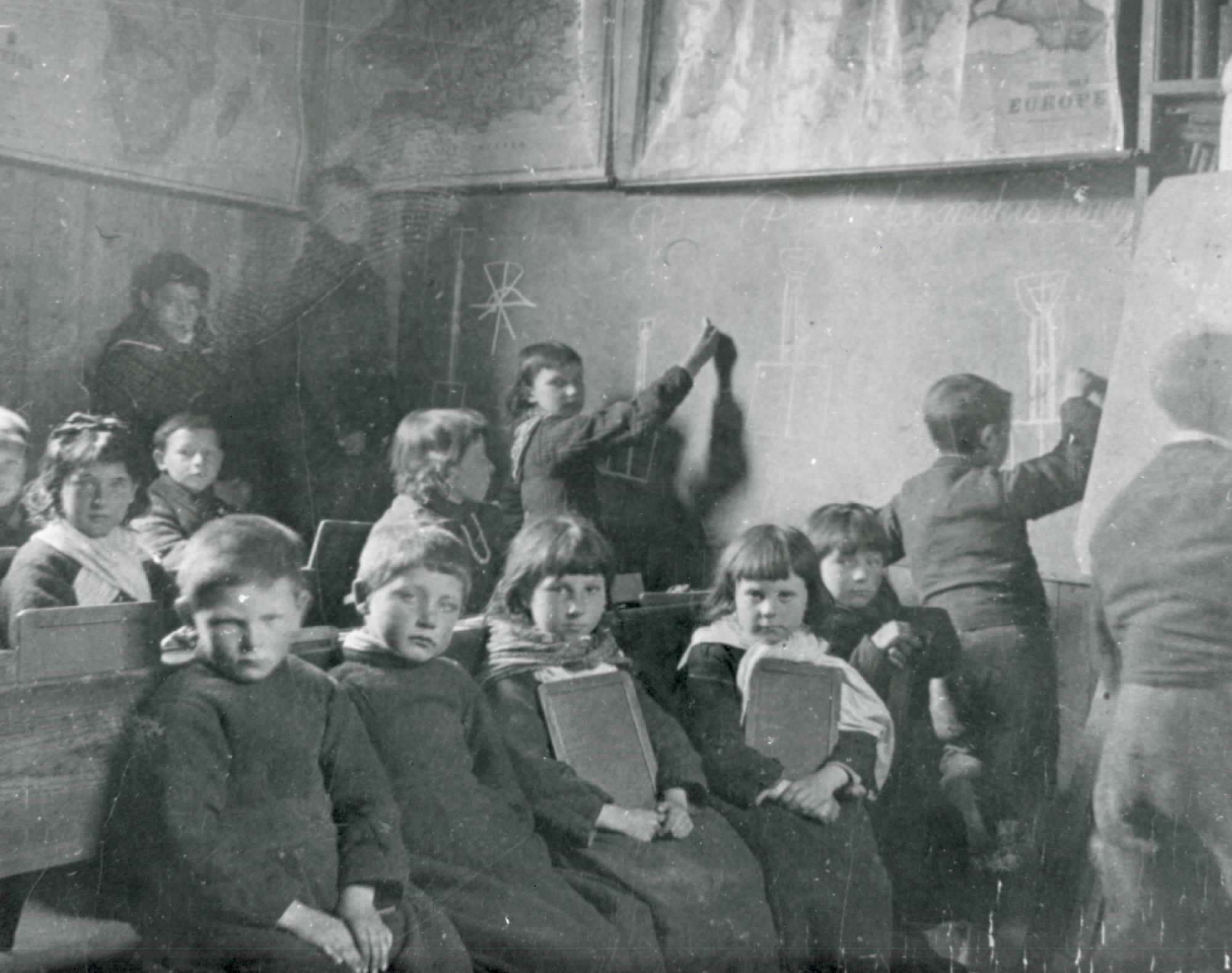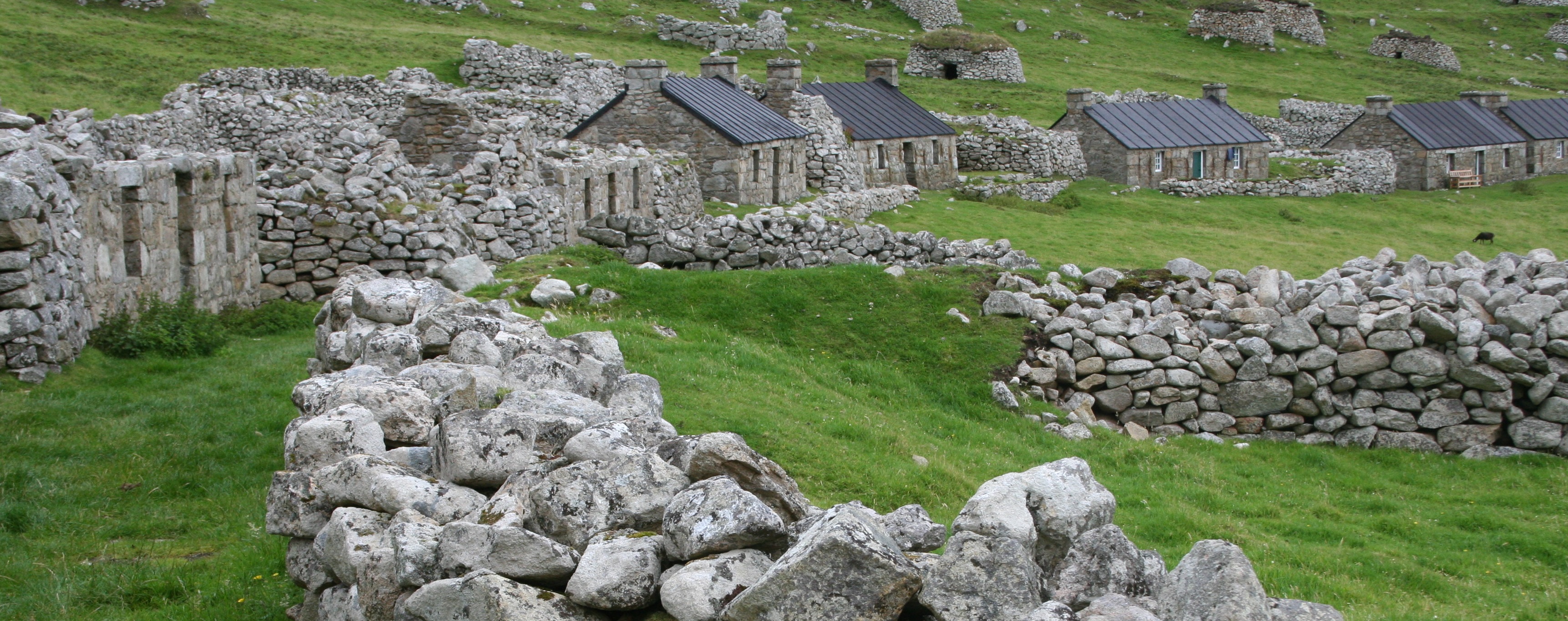Religion in St Kilda

Religion played an important part of life in St Kilda. By the 18th century, several ministers had been sent to instruct the islanders on religious matters from the mainland. Each minister had varying degrees of success in St Kilda. A new church was built by 1830.
The locals slept on earthen floors and cave-like houses, Reverend Mackenzie taught the people how to erect proper houses. Religious education was just as important in St Kilda, the people were strictly required to attend Sunday service and recite their prayers daily. As at 1861, only two locals could speak English and all St Kildan’s still signed with a mark. History shows that the people were very slow learners and quite adamant in doing things the way they were used and not keen on learning new things.
In 18th century, there were at least three churches on the island, called Christ Church, St Columba’s, and St Brianan’s (or Brendan’s). St Kildans were superstitious, idol worshippers who believed in offering sacrifices to the gods as done by the pagans. With the emergence and teaching of Christianity, some people still carried on with the old ways while still attending church services on Sundays to say the Lord’s Prayer, creed and Ten Commandments. The locals never worked, went visiting or spoken loudly on Sundays as religion taught to keep Sabbath day holy and work-free. History tells us that although the St Kildans were devout Christians, some of them still persistently lived the opposite life of what was preached and taught in Sunday service and school.
Education in St Kilda

Education in St Kilda was far from satisfactory. In the 17th century, all the inhabitants of the island, except three or four non-locals, were perfectly illiterate. The introduction of religion in the 17th century played a big part in the education of its inhabitants. This illiteracy continued up on till 1830 when the Mackenzie’s (pioneer missionary and educators) initiated education at all levels. Mrs Mackenzie educated the women on how to sew using a needle and wash their clothes to elongate their lifespan unlike the common practise of pounding clothes with a mallet made from wood until the clothes were shredded. Reading, writing and arithmetic were taught in classes to the people and it was not unusual to see grandfather, father and son attending the same classes. There had been about 25 teachers (some of whom where also ministers and cathecists) on the island before its evacuation in 1930.
For addition information, visit Hirta-Religion and Schooling

